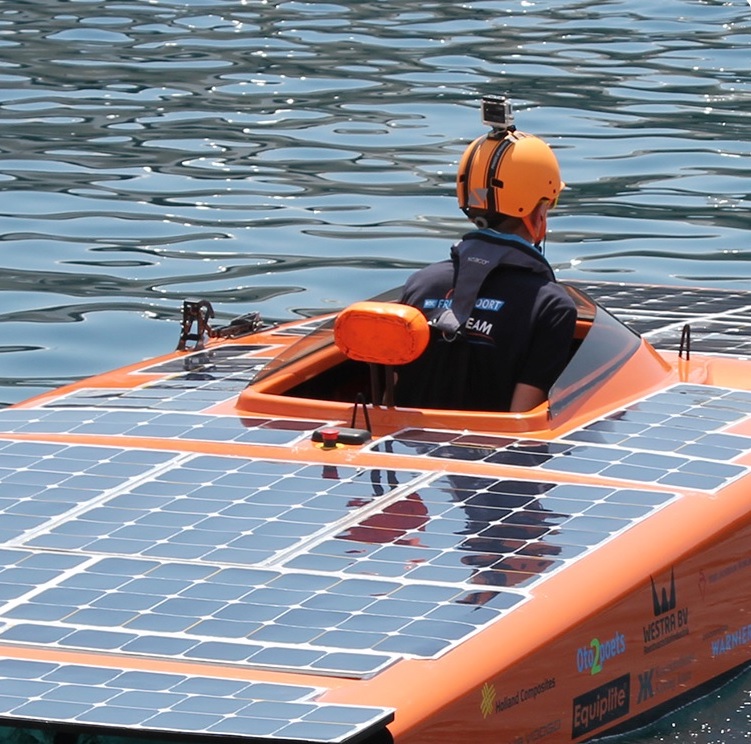Kvaser: What have you been able to monitor remotely thanks to the Ethercan HS?
Meindert: We can remotely check all the data on the CAN bus. We look at things like battery data: min/max battery cell voltages, temperatures of the battery, currents in and out, state of charge, and the data from the solar inverters. To use the energy as efficiently as possible we need to closely monitor all components in the electrical system. We sail on hydrofoils, but can only do that if we have sufficient energy; there is a minimum speed of 16 km/h needed to get the boat to foil. This of course uses more energy than cruising so we must be sure we have the energy for it.
Thanks to the CAN bus, we can monitor the energy received from the sun on each solar array separately. Each solar panel has its own MPPT which sends its own data on the CAN bus, so each panel can be monitored separately.
The power drawn from the motor is also very important as we can deduct from the speed and power drawn how efficiently the boat flies. As we do tests regularly, we have data we can compare. Propulsion issues can also be detected immediately by comparing datasets.


 linkedin
linkedin twitter
twitter youtube
youtube youku
youku weixin
weixin